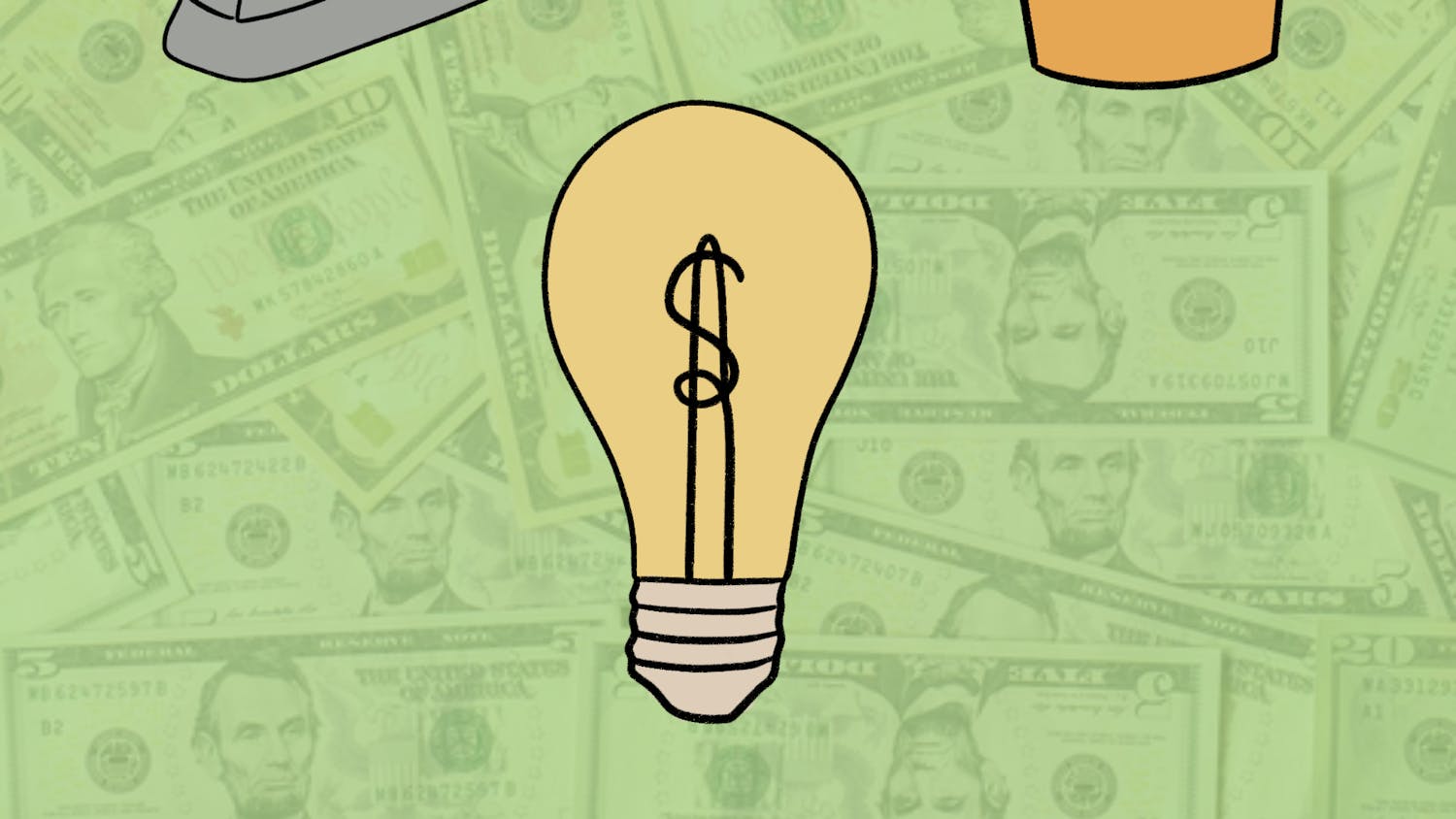Cuba is an island trapped in time. Old American and Russian cars zip through crumbling avenues and around 1920s-era buildings. Some are painted bright colors, others are faded or outright falling into ruin. The Caribbean sun beats down intensely, made more gentle by a forgiving ocean breeze. Perpetual sounds of crowded streets, howling merchants, roaring automobiles and music fill the air. You will catch whiffs of diesel exhaust, hot food or perhaps just the sea.
This was the Cuba I knew over Winter Break when I had the opportunity to travel there to perform journalistic activities — one of the 12 special categories an American must fall into to travel to the communist island. Accompanying me was an American who was born and raised in Cuba, and through the aid of her family and friends still living on the island, I was able to see a side of the country that perhaps eludes many foreign visitors. My experience gave me hope for the future of U.S.-Cuba relations and American travel to Cuba.
Of one thing I am confident: American visitors will love Cuba. They will love it not only for its pristine white beaches, coral reefs and majestic mountainsides, but for its vibrant music, dancing, rich history and cultural heritage. Then, there are the prices. When making the conversion to the CUC or Cuban peso (the two currencies on the island), housing, goods and food were generally half the price of what they would be here. Americans will also be drawn to a forbidden allure that still surrounds the island.
Since the fall of the Soviet Union, Cuba’s government has opened itself up to international tourism in an effort to curb extreme economic hardship. But the U.S., with its longstanding embargo against the island, forbids its citizens from engaging in tourism or other forms of commerce with Cuba in an effort to destabilize its government. Cubans on the island refer to this as the “Blockade,” which their leaders blame for many of the country’s woes and is symbolized by a noose in government-sponsored images.
However, America’s Cold War-era policy toward Cuba began to change rapidly in the twilight years of the Barack Obama administration. Many will recall the deal Pope Francis helped broker between President Obama and Cuban leader Raúl Castro in 2014 to re-establish diplomatic relations, an “example of reconciliation for the world,” ending a half century of estrangement. Then, in 2015, Secretary of State John Kerry raised the American flag over our new embassy in Havana, and just this past year, Obama became the first American president to visit Cuba in 88 years. The Obama administration, on their part, has instituted regulatory changes that make it easier for citizens to travel to the island, opening the way for relations to improve.
Read a continuation of this column on American travel to Cuba and the death of Fidel Castro tomorrow.
Ford Dwyer is a third-year student at the Levin College of Law. This is part one of a three-part series.





